Winter harvests in images
Published on
Translation by:
Nabeelah ShabbirNo hibernation on the European countryside this cold autumn and winter
Europe is overcome by the 'aliments' – droughts, floods, and worldwide price explosions for cereals, milk and olives. Mariann Fischer Boel, commisioner for agriculture and rural development, has reacted with reform proposals for her own common agricultural policy reform. Despite the limitations of production, this winter Fischer Boel is taking the exceptional step of allowing harvests on in the obligatory parcels of fallow land. The Maximum yields are needed from the European countryside to take advantage of high prices and good business.
Rapeseed: fields in Bohemia, Czech Republic
 The second that summer is over and we step into autumn, harvesters reap and replant rapeseed, a forage plant which makes oil. The oil was discovered during the Second World War, and its sunflower and olive oil have been linked in European producer countries for supposedly being a health hazard, although today this is seen as unlikely. Main producers promoting rapeseed cultivation lately, what with the huge foreseeable demand of biofuels.
The second that summer is over and we step into autumn, harvesters reap and replant rapeseed, a forage plant which makes oil. The oil was discovered during the Second World War, and its sunflower and olive oil have been linked in European producer countries for supposedly being a health hazard, although today this is seen as unlikely. Main producers promoting rapeseed cultivation lately, what with the huge foreseeable demand of biofuels.
Vineyards in Tuscany, Italy
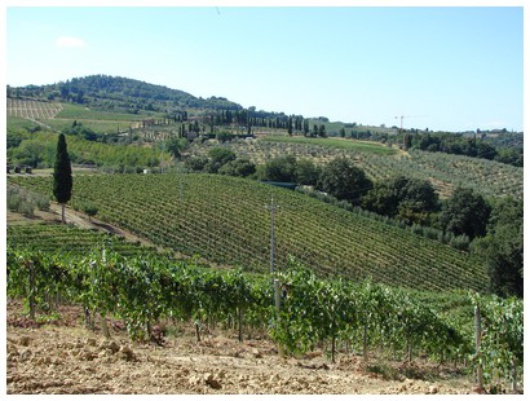 The beginning of autumn marks the period of grape harvests across the European continent. 2% of the agricultural surface is assigned for vineyards. The reform for the common wine market organisation began in 2006 and will be in full vigour by 2013.
The beginning of autumn marks the period of grape harvests across the European continent. 2% of the agricultural surface is assigned for vineyards. The reform for the common wine market organisation began in 2006 and will be in full vigour by 2013.
The reform aims to ensure that less is produced, more competitively. Every year, the EU spends 500 million euros on trying to avoid the overproduction of wine. In this way, they award support to those who decide to uproot vines, whilst removing the limits for plantation for the most competitive vineyards at the same time. The use of sugar to enrichen the alcohol percentage is banned, whilst the production of subproducts from wine has also been eliminated. Benefits will be administered via a standardised payment indicated by surface area. More money will be invested in supporting young wine-harvesters. France, Spain, Italy and Portugal are the biggest producers.
Raspberry harvest in Scotland
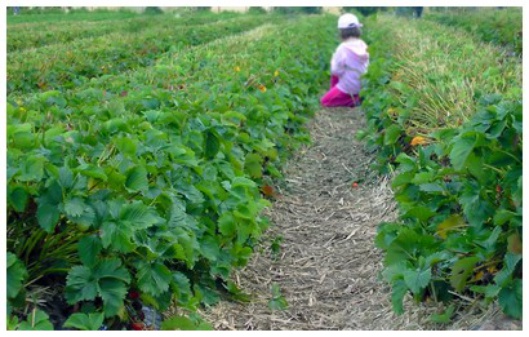 In 2007, the fruit and vegetable sector is Mariann Fischer Boel's hobby-horse. Her main goal is a bigger concentration of offers on the so-called Organisation of Producers (OP). CAP hasn't achieved this to date: the OP only controls 38% of offers (the common goal is 60%). Prices can thereby be stabilised and better overcome consumer crises. The latter have grown with security, because of the World Trade Organisation's demands that the EU eliminate their export benefits – which in fact will also be done.
In 2007, the fruit and vegetable sector is Mariann Fischer Boel's hobby-horse. Her main goal is a bigger concentration of offers on the so-called Organisation of Producers (OP). CAP hasn't achieved this to date: the OP only controls 38% of offers (the common goal is 60%). Prices can thereby be stabilised and better overcome consumer crises. The latter have grown with security, because of the World Trade Organisation's demands that the EU eliminate their export benefits – which in fact will also be done.
Citric fruits: oranges in Valencia, Spain
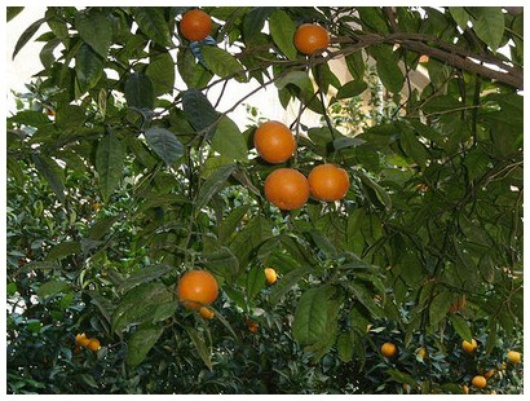 Wintertime is orange time, produced mostly in Spain, Italy and Greece, along with other citric fruits. The reform of the fruit and vegetable sector (which comes into vigour on 1 January 2008), foresees an increase in the funds for the OP, integrate the sector in the lump sum system, temporary special supports for the harvest of red fruits (strawberries or raspberries) over five years.
Wintertime is orange time, produced mostly in Spain, Italy and Greece, along with other citric fruits. The reform of the fruit and vegetable sector (which comes into vigour on 1 January 2008), foresees an increase in the funds for the OP, integrate the sector in the lump sum system, temporary special supports for the harvest of red fruits (strawberries or raspberries) over five years.
Cotton fields in Córdoba, Spain
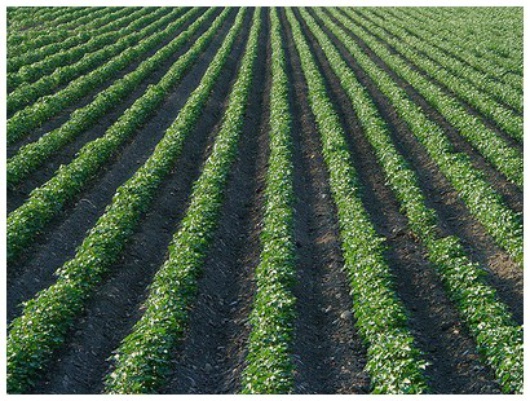 European cotton production represents barely 2% of worldwide production. But it is vital to those regions which harvest cotton: Greek (75%) and Andalusian (southern Spain, 24%) fields buzz with harvest machines during the autumns. The last regulation in this sector was annuled in 2007 by the European Court of Justice after the Andalusian authorities demanded it. In November, Fischer Boel announced a new proposal for the sector which however failed to satisfy producers, as it failed to help cotton-conversion industries. 35% of funds were allocated to the fields, with 65% as the lump sum for every farm owner.
European cotton production represents barely 2% of worldwide production. But it is vital to those regions which harvest cotton: Greek (75%) and Andalusian (southern Spain, 24%) fields buzz with harvest machines during the autumns. The last regulation in this sector was annuled in 2007 by the European Court of Justice after the Andalusian authorities demanded it. In November, Fischer Boel announced a new proposal for the sector which however failed to satisfy producers, as it failed to help cotton-conversion industries. 35% of funds were allocated to the fields, with 65% as the lump sum for every farm owner.
Beetroot harvest in Flandes, Belgium
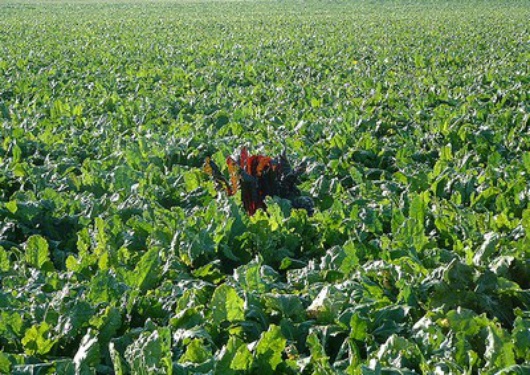 When Napoleon conquered Europe he brought beetroot with him. It is produced mainly in France, Germany, Italy and Spain. They are harvested during the winter along with potatoes. In October 2007, the EU allowed the harvest, commercialisation and consumption of a variety of transgenic beetroot, and thereby drew attention on protests by ecologists and biological farmers.
When Napoleon conquered Europe he brought beetroot with him. It is produced mainly in France, Germany, Italy and Spain. They are harvested during the winter along with potatoes. In October 2007, the EU allowed the harvest, commercialisation and consumption of a variety of transgenic beetroot, and thereby drew attention on protests by ecologists and biological farmers.
Olive grove in Jaén, Spain
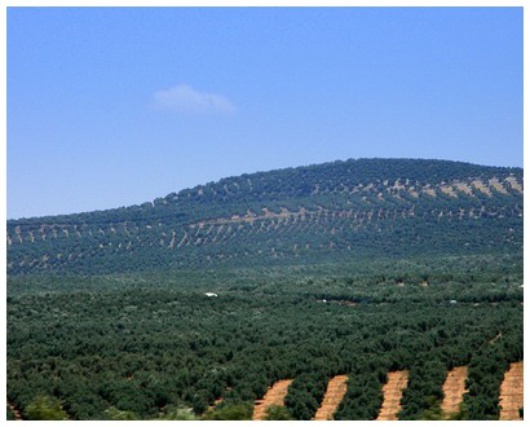 Spain, Italy and Greece are the major producers and consumers of olive oil in Europe and the world. The oil comes from olives, harvested in the winter. It is a caloric but recommended for those with cholestorol problems.
Spain, Italy and Greece are the major producers and consumers of olive oil in Europe and the world. The oil comes from olives, harvested in the winter. It is a caloric but recommended for those with cholestorol problems.
Photos: rapeseed fields in Bohemia, Czech Republic (Bianca Koendgen), vineyards in San Gimniniano (Gabriela Scilleta), strawberry harvest in Scotland (Maciej Lewandowski), Oranges in Valencia (Txapulin/ Flickr), Cotton in Córdoba (rbolance/ Flickr), beetroot harvest in Flanders (OliBac/ Flickr), ocean of olives in Jaén (Phranet/ Flickr)
Translated from Cultivos de invierno en imágenes



